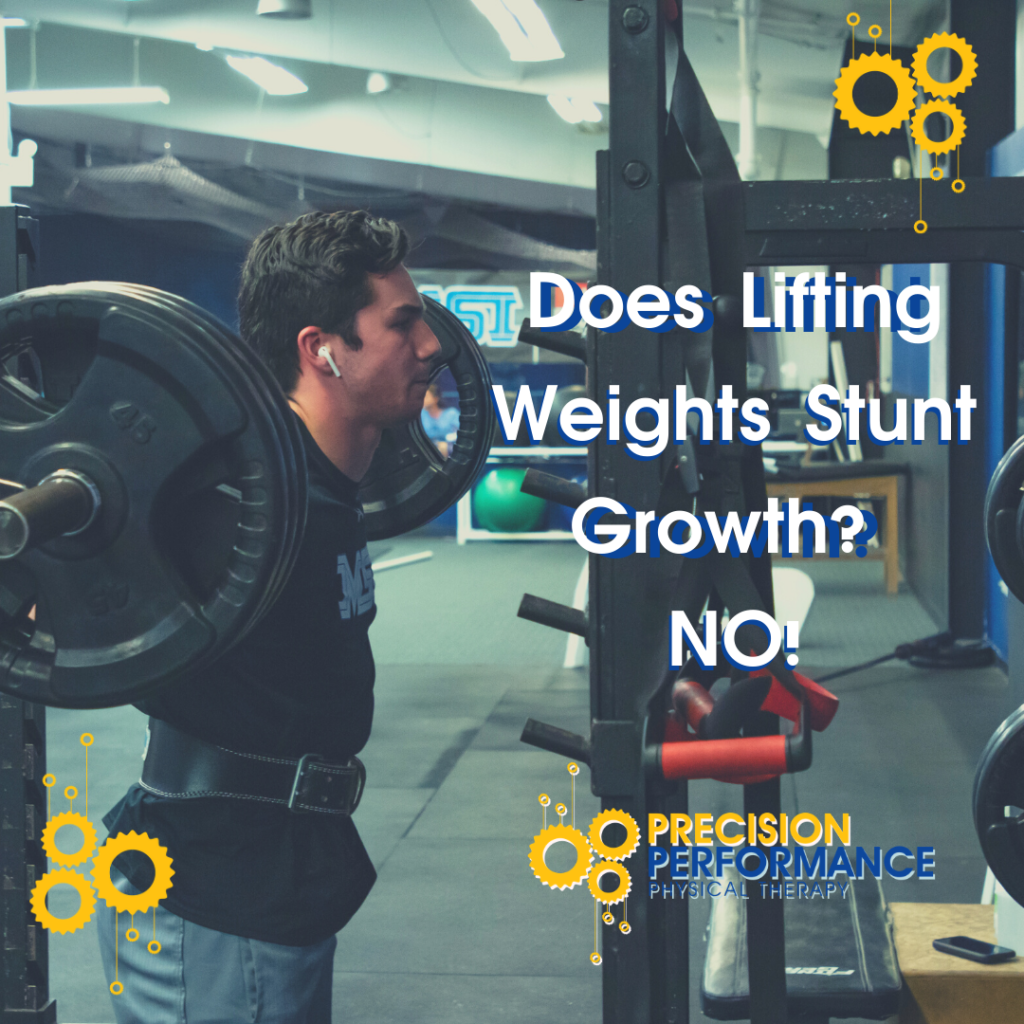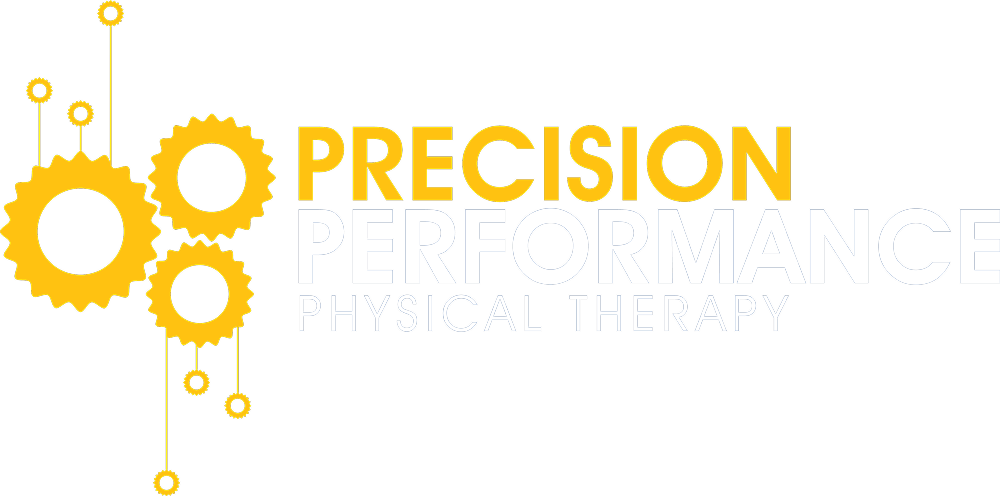No need to Fear Your Child Lifting Weights. It Doesn’t Stunt Growth

We work with a lot of young athletes, and there is one question that almost every parent seems to ask us when we introduce resistance training. Doesn’t lifting weights stunt growth? The short answer is no.
Lifting Weights Helps Prevent Injuries
If you have ever been involved in sports, you know they can be dangerous. From ballet to football, any time we are training to make our bodies perform at a competitive level, there is a chance we are going to get hurt. While it may seem counterintuitive, by incorporating weight lifting and strength training in the programing for your young athlete, you can help to prevent a lot of those injuries.
When you start doing strength or resistance training, you are not just building muscle, you are strengthening bones and tendons as well as training the body on how to move. You are building muscle memory about how to do exercises with correct form and strengthening the joints. This helps the body protect itself against injury as your young athlete is less likely to make poor movement choices and their body is better built to withstand the impact of their other sports.
Lifting Weights Safely
While weight lifting doesn’t present a danger in itself, it is important that it is approached properly. You want to make sure the young athlete is able to follow instructions, and that you aren’t aiming to bulk them up. When introduced as early as 7 or 8, you want to make sure you are starting with low to no additional weight. A lot of the foundational exercises can be done with body weight alone or a light resistance band. This will help the young athlete learn the correct way to move through the exercises to get the most out of later training. At these early ages, low weight with more reps is a great way to drill proper form while getting them the movement they need.
Once an athlete hits their mid teens and the body is heading toward the end of puberty, then you can push harder and start “bulking up”.
Foundations for the Future
One of the biggest benefits of weight or resistance training is that you are setting children up with a solid foundation for their health and wellbeing in the future. You are training them in the proper ways to move their bodies and how to maintain their fitness. You giving them the movement their brains and bodies need to develop into healthy and strong adults.
What about Growth Plates?
It is true that a fractured growth plate that is not treated correctly can affect your child’s growth. It is important to know however, that a fractured forth plate is more likely to happen while running or playing on the playground than it is during a properly lead weight lifting session. In fact, strength training is likely to help your child recover from a fracture of any kind quicker as it improves bone and muscle strength that is important during the healing process.If you would like to hear more about weight lifting for young athletes, we talk about it in Episode 50 of Training Room Talk sponsored by Precision Performance Physical Therapy: Does Lifting Weights Stunt Growth. If you have any questions about this or any other program for young athletes, feel free to reach out! We would love to hear from you and answer any questions we can about physical therapy or sports training.
